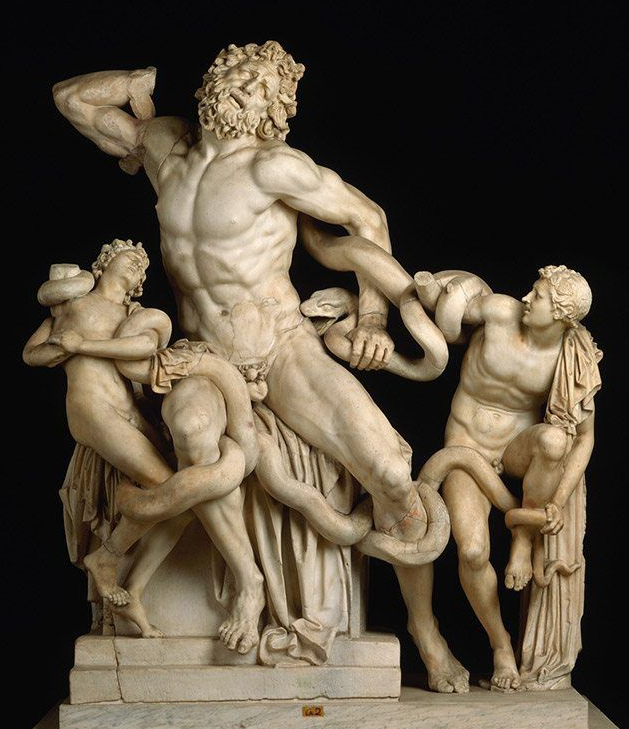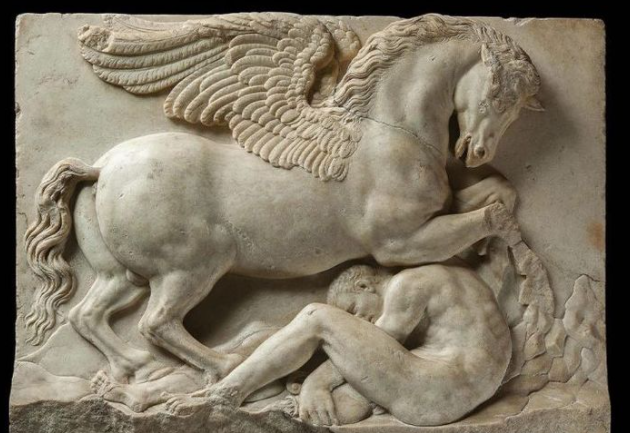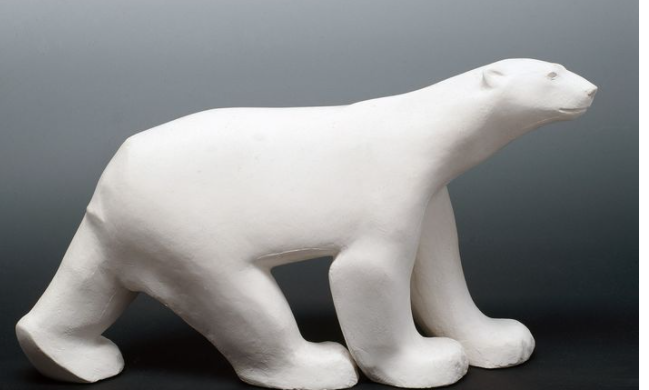Just like appreciating paintings, when facing a sculpture, we should also pay attention to its size first. Sculptures exist in a three-dimensional space, and the volume can be as huge as a landmark building, or it can be small as a playing piece in the hand. The size of the work directly determines the way it interacts with the audience.

After clarifying the size of the sculpture, we should pay attention to the classification of the works. Sculptures are divided into two categories in principle. The first type is relief. This type of sculpture refers to a sculpture combined with a flat surface. According to the relationship between the carved part and the bottom surface, European custom divides the relief into two categories. If the carved part is only slightly off the background plane, it is called bas-relief. If the carved part is obviously separated from the bottom surface of the background, showing an independent tendency, it is called a high relief (haut-relief).

The second category is an independent sculpture. All angles of this kind of sculpture are processed and polished so that the audience can freely choose the angle of appreciation.
After determining the type of sculpture, we should observe and appreciate the raw materials and production process of the work. In any work, these two elements are closely connected. The artist also chooses the two relative craftsmanship of carving and sculpting according to the different raw materials. If the raw material is very hard marble or bluestone, then the artist will naturally realize the creation through engraving. If the raw material is plastic clay or plaster, the creative technique is shaping rather than carving.
In addition to carving and plastic, there is a third combination of materials and processes, which is for casting. This kind of sculpture is formed by pouring the material melted at a high temperature into the mold. Common materials are bronze or iron.
Since the beginning of the 20th century, the raw materials for sculpture have rapidly diversified with the development of the petroleum industry. Representative new raw materials include resin and plastic.
When the raw materials and techniques of the sculptures are analyzed clearly, we can focus on the surface craftsmanship and analyze the fineness and finish of the artist's surface treatment. When we appreciate some works, we may think that this is a semi-finished product. In most cases, this "halfway" is a unique style, called "non-finito", that is, semi-finished products. Many of these works give us the feeling that the main character is trapped in raw materials, such as stones. We should also observe whether the surface of the sculpture is polished, whether it is covered with enamel or other decorations.
The perspective of a sculpture is also very important. This concept refers to whether the work is designed to be only appreciated by the audience from a specific place. In this case, the sculpture may express the main side through fine workmanship, while the other parts will be rough or even unprocessed. Another situation is that the sculpture is designed so that the audience can freely appreciate it from any angle. In this case, all parts of the work can reflect the balance and consistency of aesthetics and craftsmanship.
After experiencing the materials and craftsmanship, we can focus on the composition of the work. Yes, three-dimensional sculptures also have their own composition. We should judge whether the work presents a static subject or is dynamic. In addition, we should also pay attention to whether the mainline and internal tension of the work are clearly expressed.
Next, we can judge the relationship between the sculpture's own style and the real world. The work can be hyperrealism, minimalism, or abstraction. Each different style will greatly affect the visual effect of the work presented to us.

The sculptor's choice of the theme of the work is also very important information to help us understand the work. Does the artist portray a character, an animal, a group of people, or an object? Does the sculpture tell a story, or does it show a character, or does it convey an idea of the artist?
Finally, just like appreciating paintings, we should also understand the background knowledge of the creation of the work, the relationship between the work and the space in which it is located, and its original functionality. In many cases, sculpture works have a close relationship with the environment in which they are located. We can observe whether it echoes and dialogues with other elements, whether it has a decorative effect on buildings or public places, and whether the work itself has a strong symbolic meaning.
Leave a message

Any landscape ideas in your mind, describe to D&Z sculpture team directly, you can imagine we can create.
Copyright © 1996-2024 D&Z Sculpture Co., Ltd. All Rights Reserved | Sitemap |